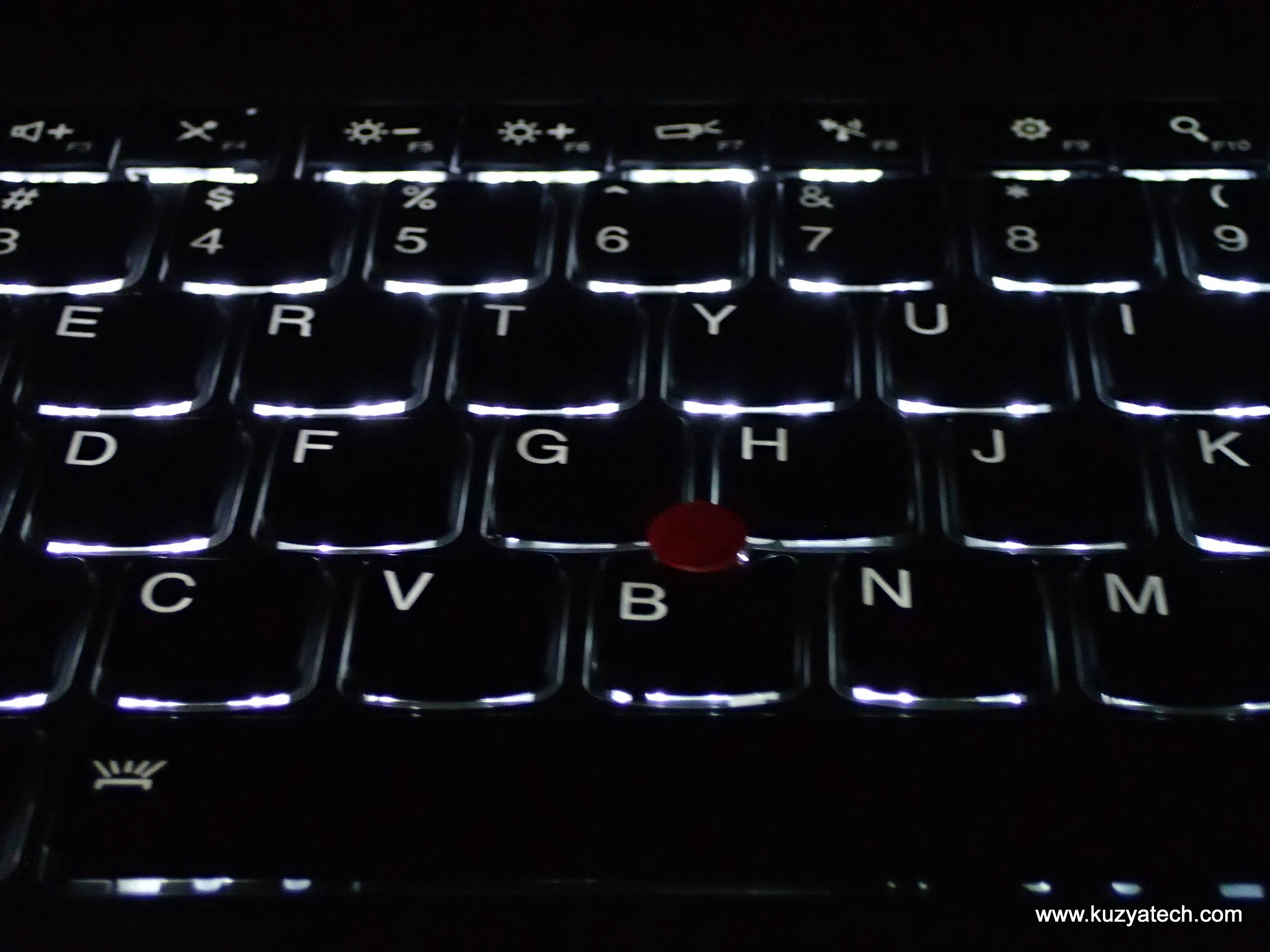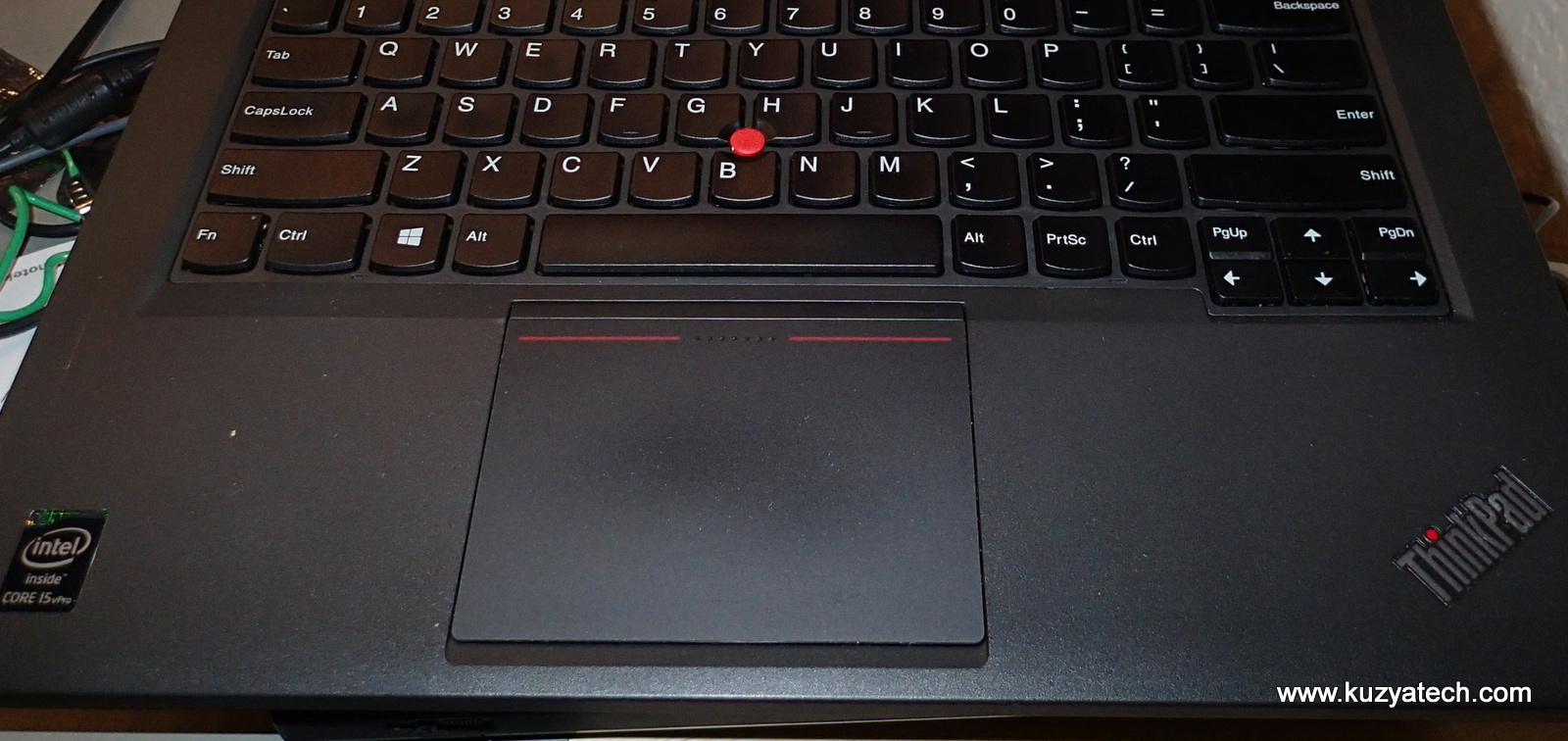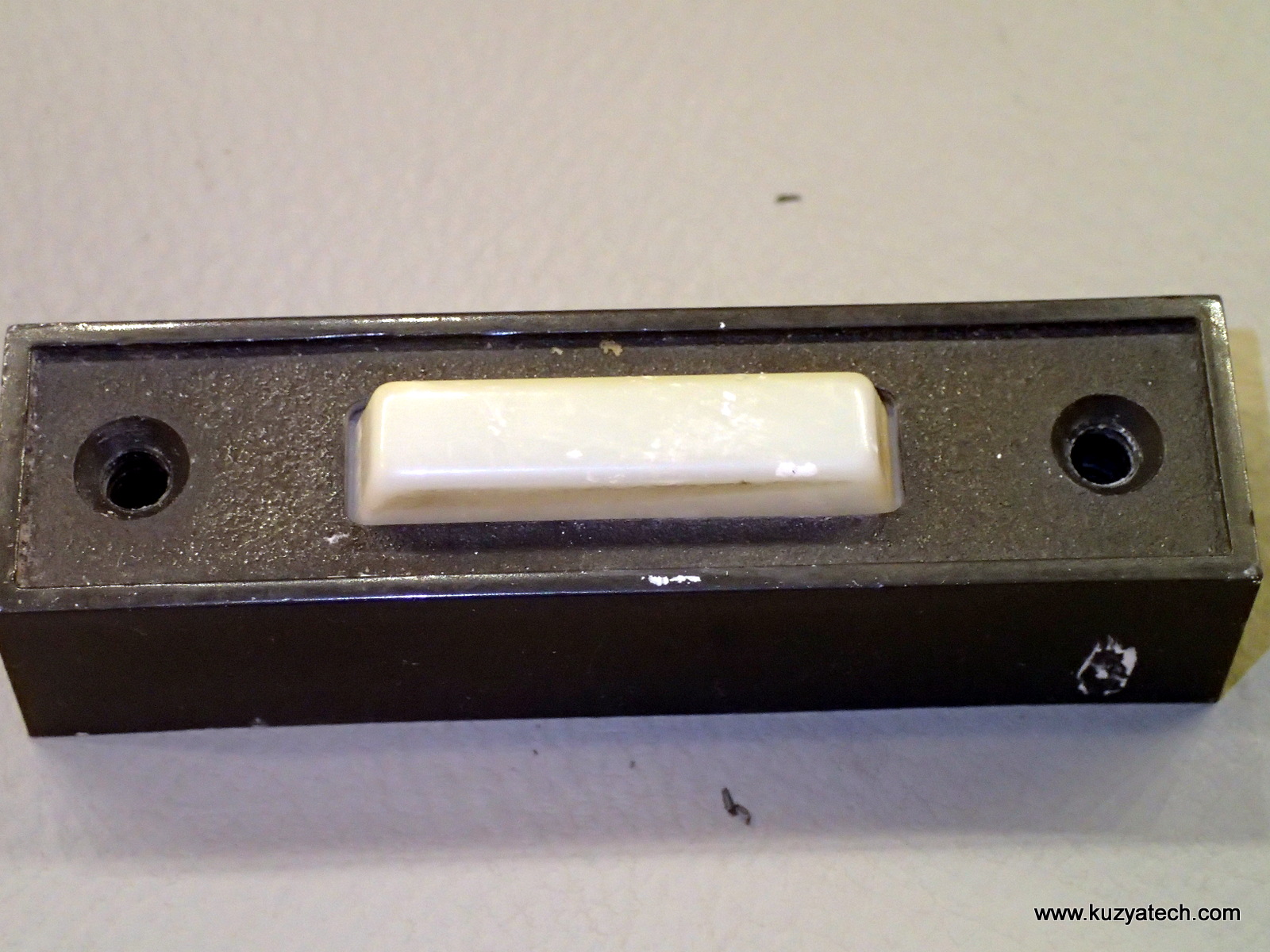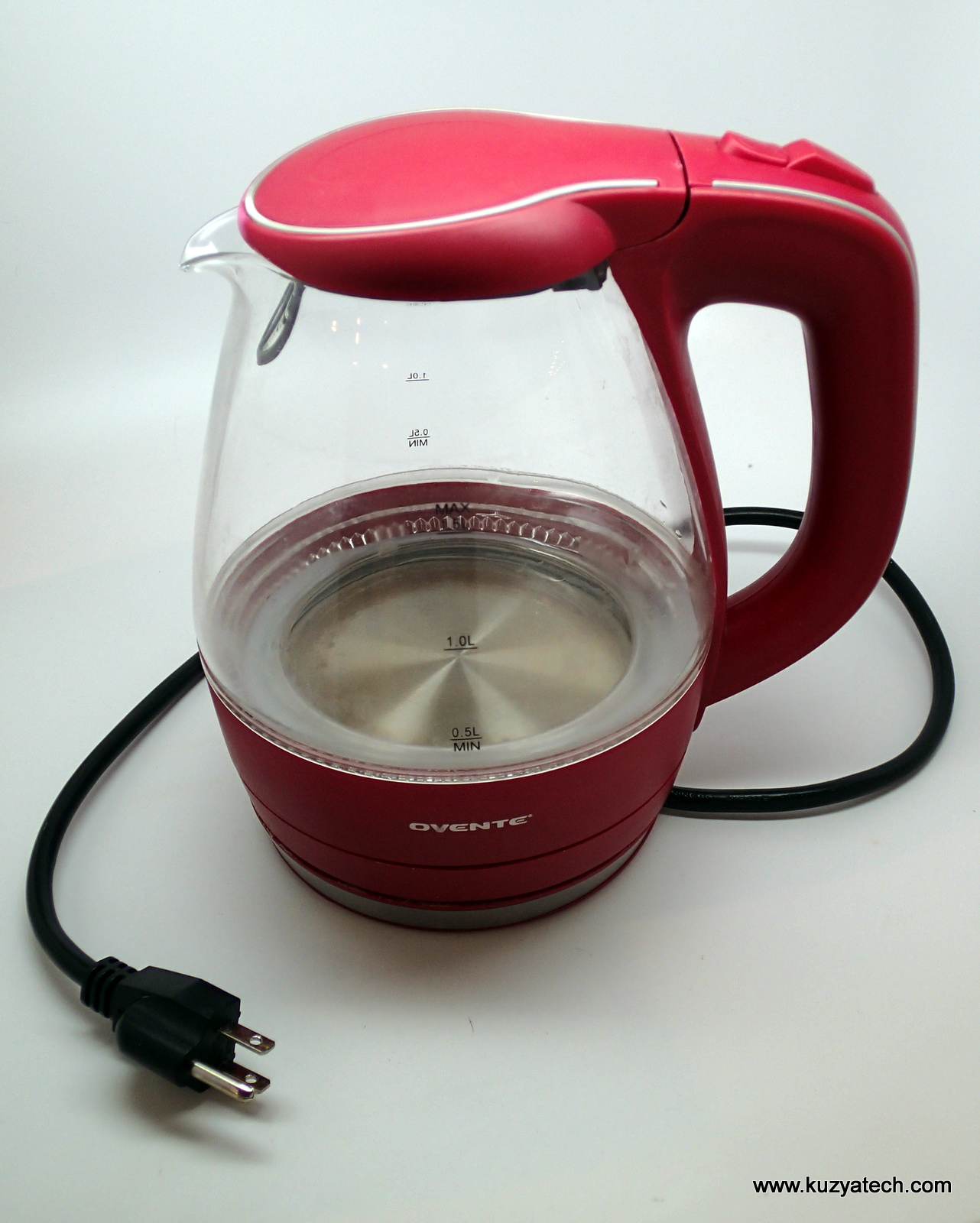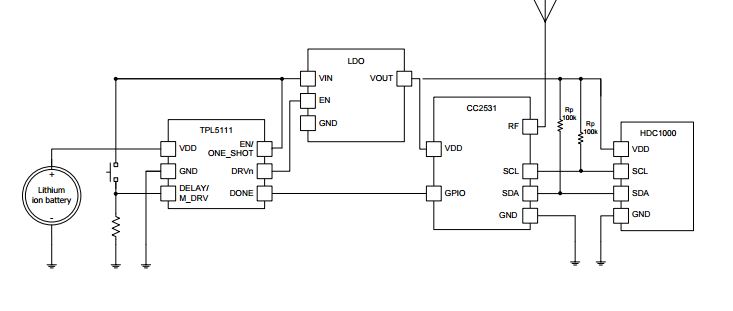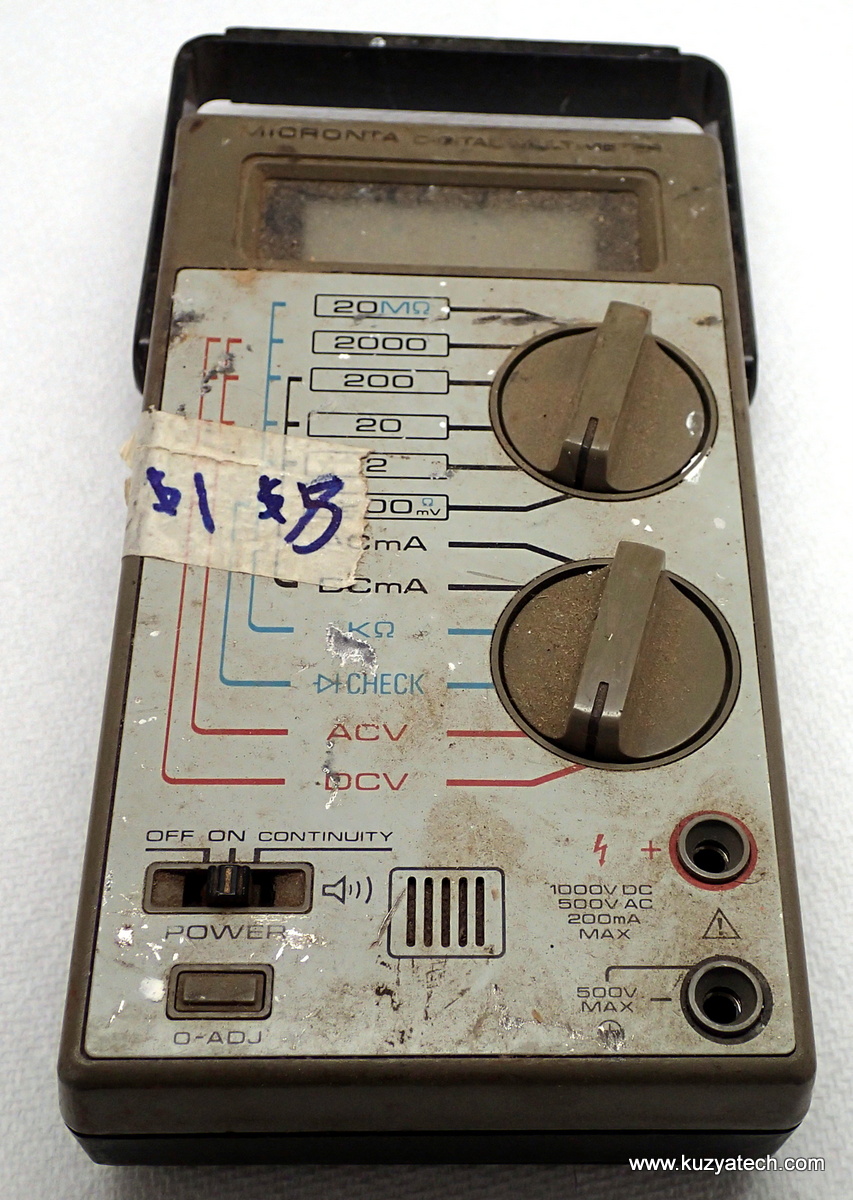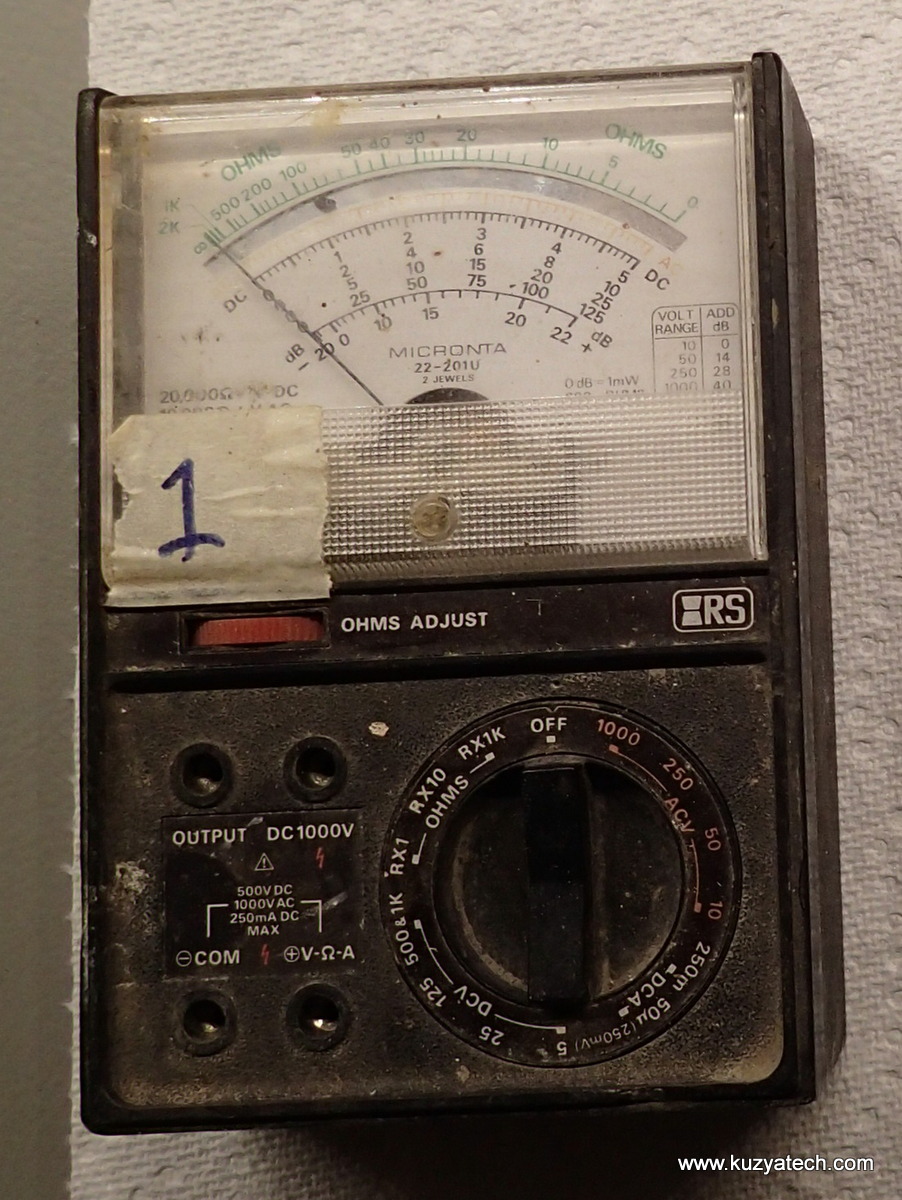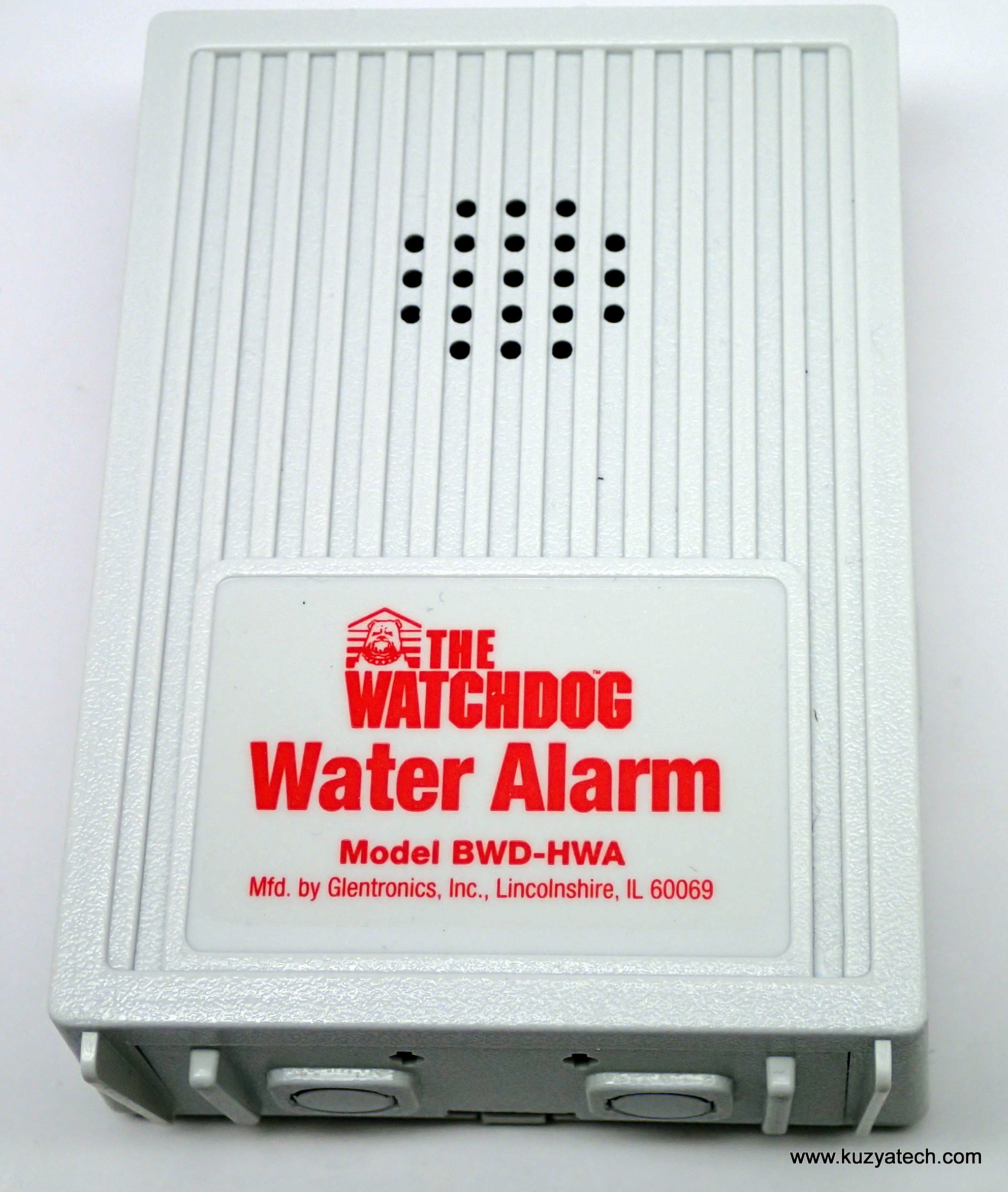Hot on the heels of a touchpad swap in my “new” Thinkpad T440P, come the next two upgrades: backlit keyboard and an IPS display. I shall call this machine Frankenpad as it’s rapidly deviating from the original configuration (20AWS series).
A tale of buttons
It all started innocently enough.
I finally decided to replace my 6 years old Thinkpad X200 with a bit more modern used T440P. More power, better battery life and all the other modern goodies were all things I was looking forward to. Unfortunately I also knew that for the 44x series Lenovo changed the design of the trackpad to a single piece clickable square. No more beloved buttons, so easy to use with the trackpoint. Not a big deal- plenty of people reported using the newer design of the trackpad off a T45x series to get those buttons back, so I figured i’ll just swap it in. The laptop came in, and I tried really hard to like the trackpad as is. No go: total lack of feel, constantly pressing RMB instead of LMB and a very annoying clicking sound heard in the whole house. It had to go!
What can we learn from simple things?
Today’s post is a bit of a challenge to myself- what (if anything ) can be learned from analyzing a simple thing like a garage opener button wall button?
And now for something different
Hey, it’s electric!
Today we have a crappy Chinese Tea Kettle to take apart and see what makes it not tick. This is an Ovente model #GK83R bought less than a year ago. It randomly refuses to heat and smells of molten plastic.
Part of the week: TI TPL5111
Stumbled on this interesting part from TI recently
TPL5111 solves a typical problem in low power wireless systems- things need to be off most of the time, and wake up periodically to transmit. The usual solution is to pick a microcontroller that can stay asleep in low power mode at a few uA, then wake up on RTC timer. That works most of the time, but sometimes even that is too much standby power. Imagine a system for example that has to work from a small coin cell for 5-10 years. Each uA of sleep current is an 8mAh a year. So in 10 years, 80mAh is wasted. (A typical CR2032 battery for example starts with only 220mAh)
TI’s solution is a timer that can stay on while drawing 35nA. Once set with a single resistor for a particular time interval, between 100ms and 2 hours, it turns power on to the system, waits to hear back from the micro via “done” pin and then turns things back off. TI even provides a handy table of resistor values vs timer settings. Not bad for $0.45@1k, plus there are many other scenarios such an almost zero power scheduler may be handy.
Aand we are back up
Apologies for site being down. Some pesky malware managed to find its way in and overwrite a bunch of system files. Things should be back to normal, but if anything is misbehaving, leave me a comment
Micronta 22-191 multimeter teardown
And here is the second part of the $1 multimeter deal from the last Hamfest. Together with Micronta 22-201U analog meter reviewed here I picked up this 3.5 digit digital one of a similar age. The poor thing looks like it had a rather difficult life!
Updated 11/2016
A $1 hamfest multimeter teardown: Micronta 22-201U
This one has been sitting since the summer- it took a while to get all the rain to evaporate from the inside! When I grabbed the pour fella, it had water up to the mirror.
Watchdog Water Alarm teardown
Today we have a somewhat vintage teardown. Even though you can still buy this Watchdog BWD-HWA Water Alarm in home stores and online, the design itself probably goes quite a few decades back as we’ll see below. We’ll also learn a few things about low power design. Rumor has it these last forever on a nine volt battery!
Hot-rodding a Keithley 2304A power supply
I’ve been lucky enough recently to score a Keithley 2304 power supply off ebay for a measly $75. For those unfamiliar, these are high speed battery simulator units capable of measuring very low currents and also behaving like a battery and sinking current.

